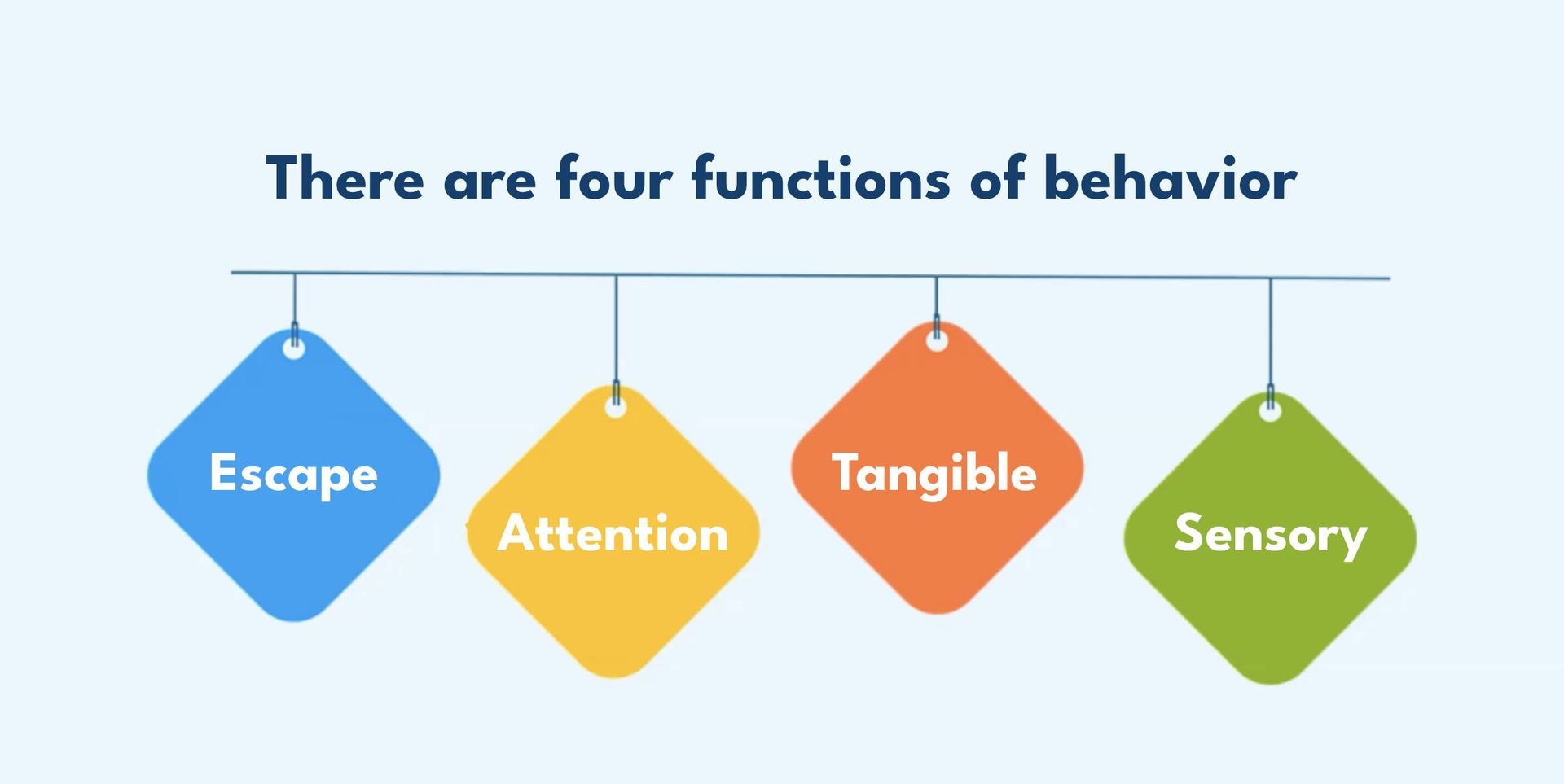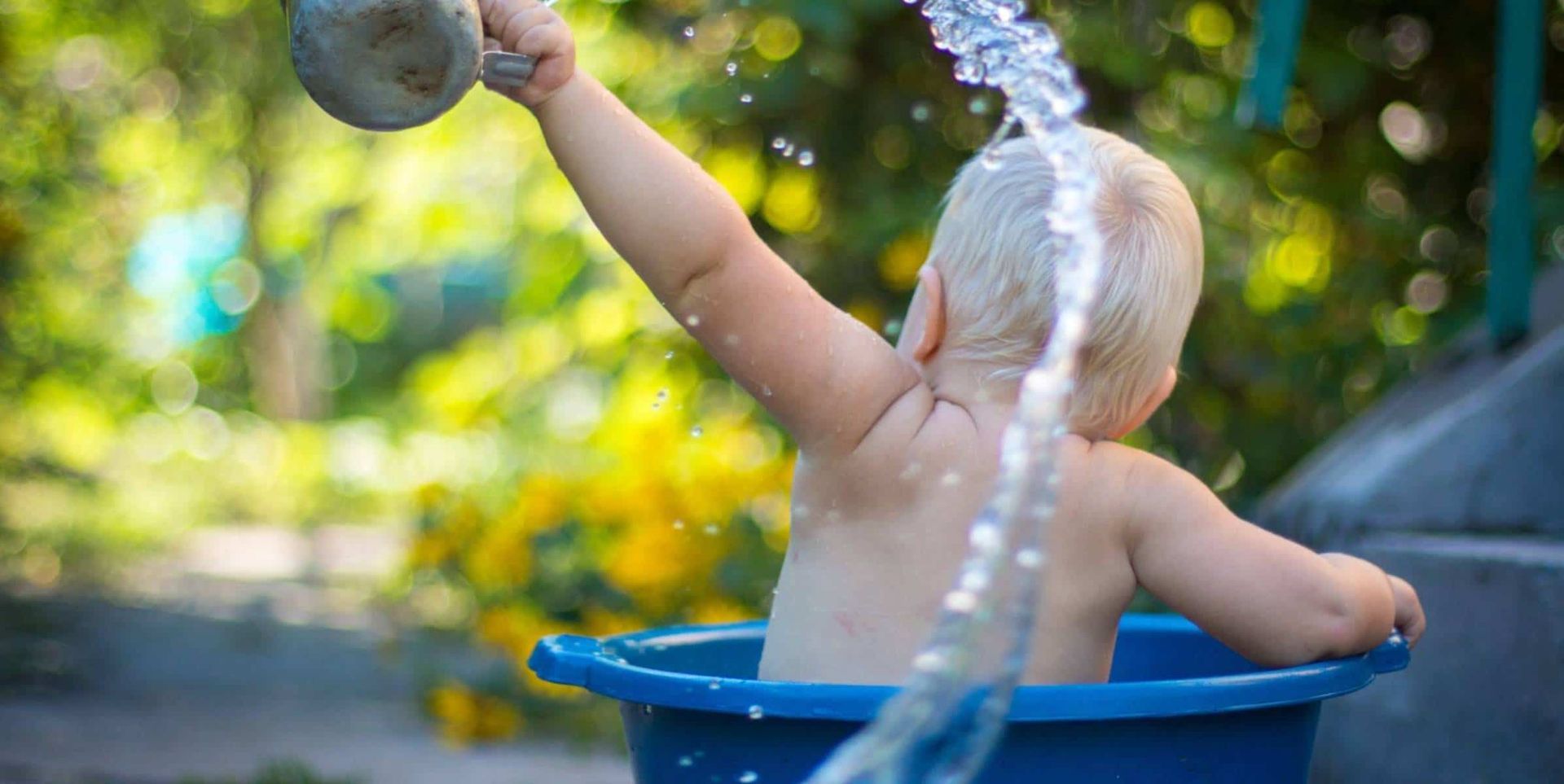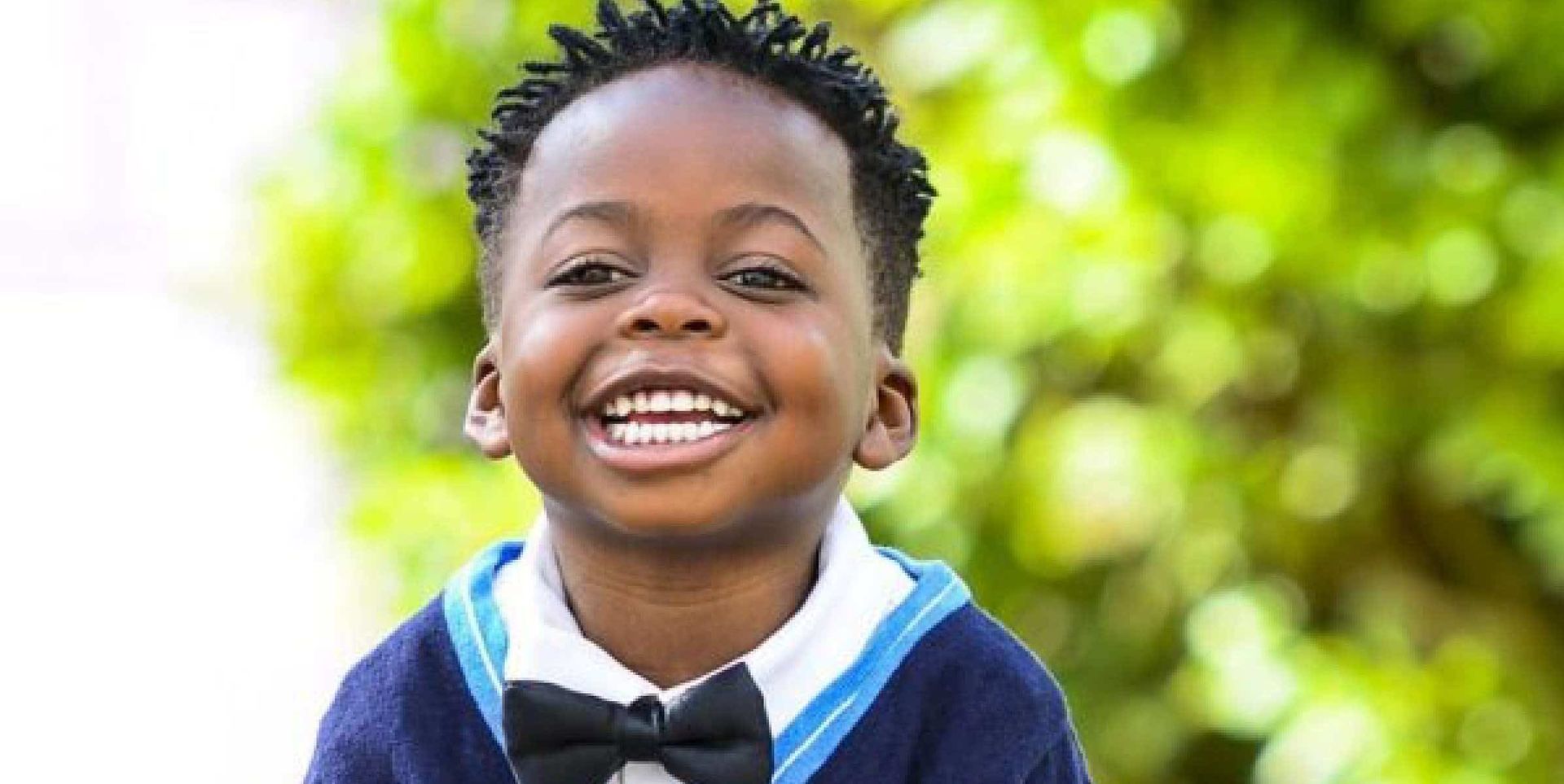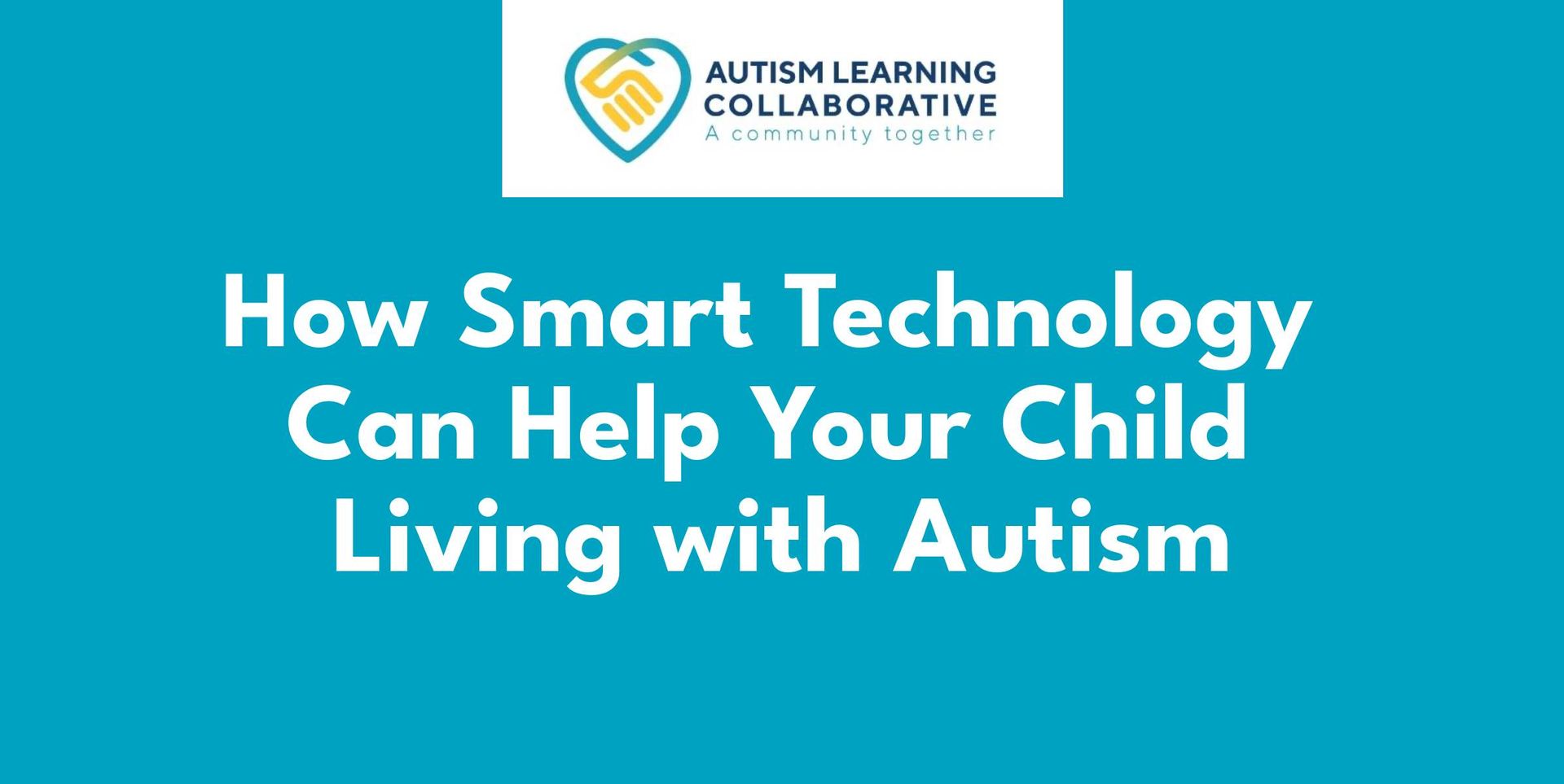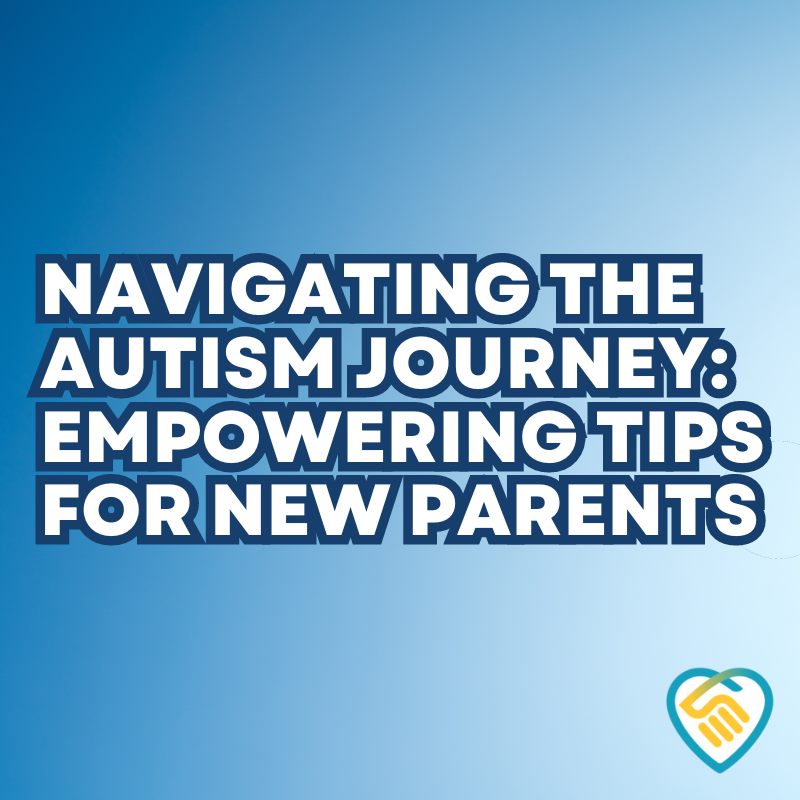How to Celebrate Autism Awareness Day on April 2nd and All Month Long
At Autism Learning Collaborative, we celebrate Autism Awareness all YEAR long. However, in April, and especially on April 2nd, we are joined with people around the globe celebrating with us. The goal of Autism Awareness Month and Autism Awareness Day is to bring understanding to everyone about Autism Spectrum Disorder (ASD). By educating our communities on what Autism is, how a person is diagnosed with Autism, and by giving a better insight into the world of Autism, we hope to create a more inclusive place for all to live in.
We hope you will join us this April in celebrating Autism Awareness! If you’re not quite sure how to celebrate, we’ve given you a few ideas below!
1. Light It Up Or Dress It Up Blue!
On April 2nd, you will likely see lots of blue on your social media feed, friends and co-workers may wear blue socks or entire blue outfits and there are even buildings and landmarks around the world that light it up blue in honor of Autism Awareness Day!
To join in the celebration you can post a picture of something blue on social media with a link to a great resource for people to learn more about Autism.
You can wear blue on this day and if anyone asks why you can help share the message.
You can even swap out your light bulbs with blue ones from Home Depot!
If you decide to take pictures of the ways you light it up blue, please share them with us on Facebook, Twitter, LinkedIn or Instagram. We would love to see them!

2. Support Autism Friendly Businesses
Many regional autism societies have lists of Autism Friendly Businesses for you to check out! If you’re unable to visit any of these businesses this month, you can still support them by following them on social media or making plans to visit in the future.
The following businesses have been reviewed by a variety of leading publications as autism friendly organizations in the areas we serve:
Autism Friendly Play Areas Near St. Louis (via Stlmag.com)
- Circus Flora
- The Magic House’s Calming Corner
- Missouri History Museum
- St. Louis Zoo
- We Rock The Spectrum
- Zachary’s Playground
Autism Friendly Events And Activities Near Oklahoma City (via Metro Family Magazine)
- Sensory Sensitive Sundays at Chuck E. Cheese
- Sensory Friendly Films at AMC Theatres
- My Way Matinee at Regal Theatres
- All Abilities Night at iFLY
- We Rock The Spectrum
- Myriad Gardens
- Lloyd Noble Center
- Sense Ability Wellness
- National Cowboy And Western Heritage Museum
- Oklahoma City Zoo
- Oklahoma City Museum of Art
- Science Museum Oklahoma
Interested in helping us complete these lists for Albuquerque, NM or Omaha, NE? Get in touch here.
3. Read Books About Autism
When learning of an Autism diagnosis, books are often one of the first places parents turn to learn more. We have created a list of some of our favorite books you can read to educate yourself about Autism here.

4. Read, Watch, or Listen to Something Created By a Person With Autism
Take a look at these magnificent works of art created by people with Autism. If you are as moved as we are, then please share the link below with your friends and family!

See more Masterpieces Made By Adults and Children With Autism here.
5. Share Your Story
Last, but certainly not least, share your story! If you know someone who has Autism, if you yourself have Autism, if your life has been touched by a person with Autism, we encourage you to share your story to help create a better understanding for all.
If you are a more private person, you can share your story with one close friend. If you are more social media -savvy, you can post your story on Facebook and Instagram. Maybe you even want to create a video on TikTok! If you would like to share your story with us, we would love to learn more about you and your experience. You can do so here.
We look forward to celebrating Autism Awareness with you!
March 27th, 2022 | Blog
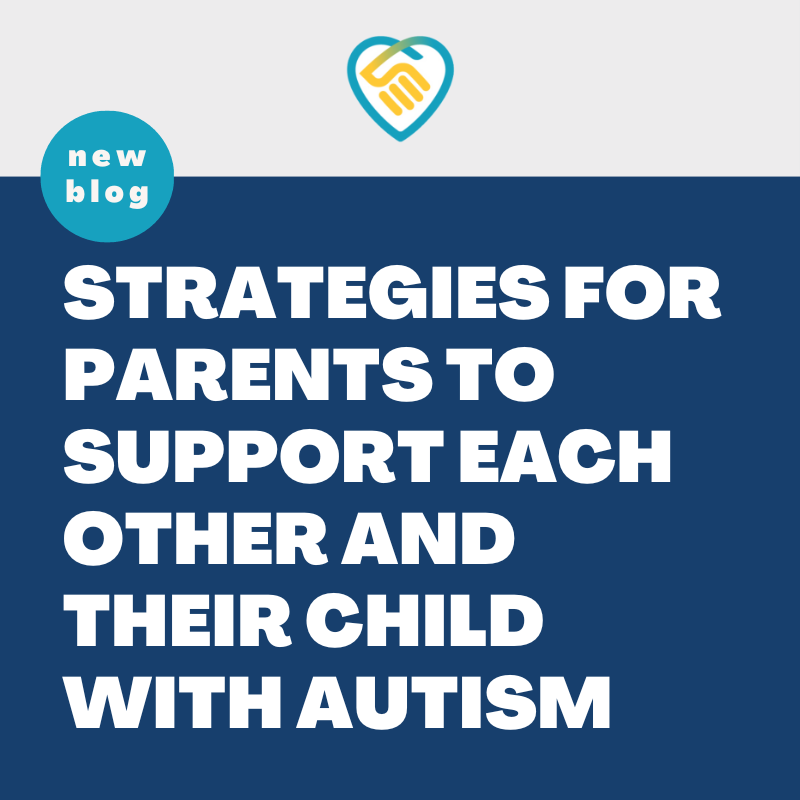

CONTACT US
Toll-Free: 844-743-6506


